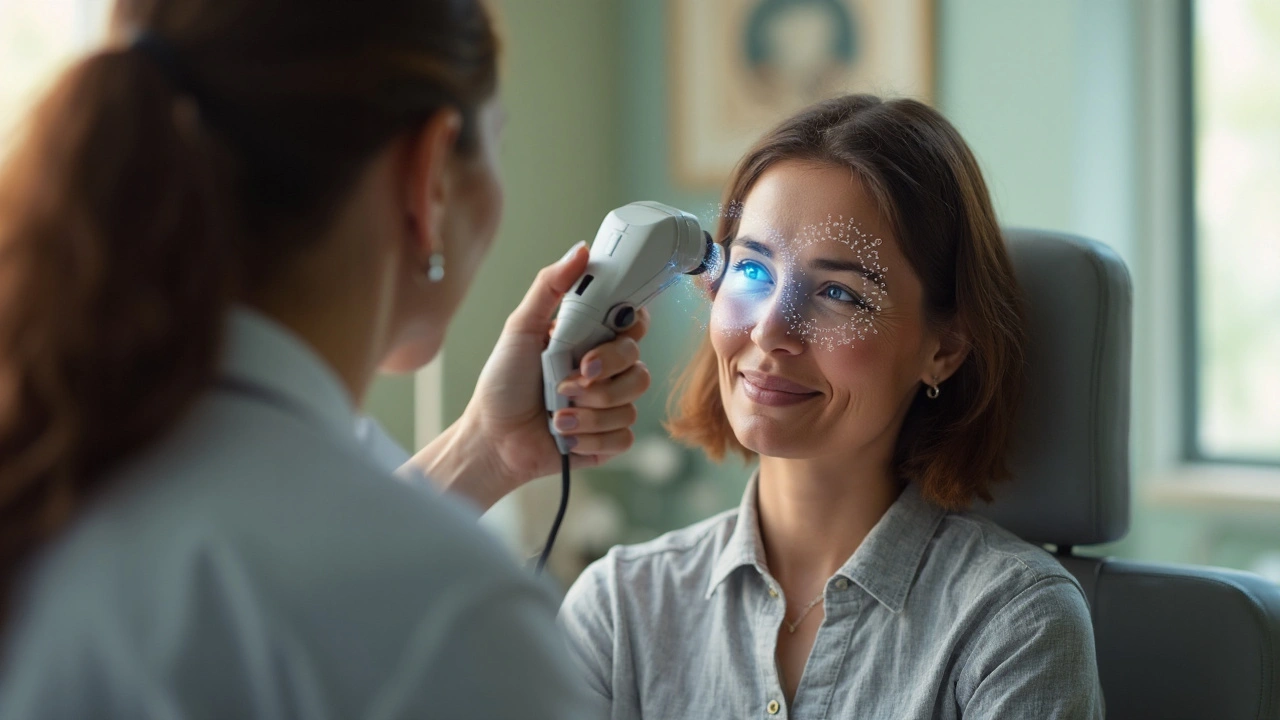Eye Exam: What You Need to Know
When working with eye exam, a comprehensive assessment of visual function and ocular health performed by eye care professionals. Also known as vision test, it helps detect refractive errors, eye diseases, and overall eye health status. In plain terms, an eye exam is the check‑up you get to see how well you can focus, whether lenses are needed, and if any hidden problems are brewing. It’s not just about reading an eye chart; it’s a full‑body scan for your eyes.
Key Players and Core Tests
The person steering the whole process is the optometrist, a licensed professional who conducts eye exams and can prescribe corrective lenses. The optometrist will first measure visual acuity, the sharpness of your vision measured on a standard eye chart. This simple step tells whether you can read letters at a distance and forms the baseline for any further testing. From there, the exam moves to more detailed checks like depth perception, peripheral vision, and eye movement tracking.
One of the high‑tech tools in the toolbox is a retinal scan, an imaging procedure that captures the back of the eye to spot diseases such as glaucoma or macular degeneration. The scan influences diagnosis by revealing early signs that the eye chart can’t show. If the scan spots abnormalities, the optometrist may refer you to an ophthalmologist for specialized care.
After gathering all the data, the optometrist decides if you need prescription glasses, custom lenses designed to correct refractive errors like myopia, hyperopia, or astigmatism. The choice of lens type, material, and coating can depend on your lifestyle—whether you work on a computer, drive at night, or play sports. This step shows how the eye exam connects directly to everyday vision needs.
Preparing for an eye exam is easier than most think. Bring a current list of medications, note any changes in vision, and avoid heavy eye makeup that can interfere with equipment. If you wear contacts, the optometrist may ask you to remove them for a short period to get accurate measurements. Remember, the goal is to catch issues early, so being honest about symptoms like glare, dry eyes, or headaches really helps.
Below you’ll find a curated set of articles that dig deeper into each part of the process—how visual acuity tests work, what a retinal scan can reveal, tips for choosing the right glasses, and answers to common questions about eye health. Whether you’re gearing up for your first exam or revisiting an older prescription, the following posts give you practical insights you can use right away.
Protect Your Vision: Diabetes Type 2 and Eye Health Guide
Learn how type 2 diabetes affects your eyes, recognize early warning signs, and follow practical steps to protect your vision with screenings, lifestyle tweaks, and treatment options.

